How to Make Friends and Influence Gators
Time to get used to the alligators among us, America.
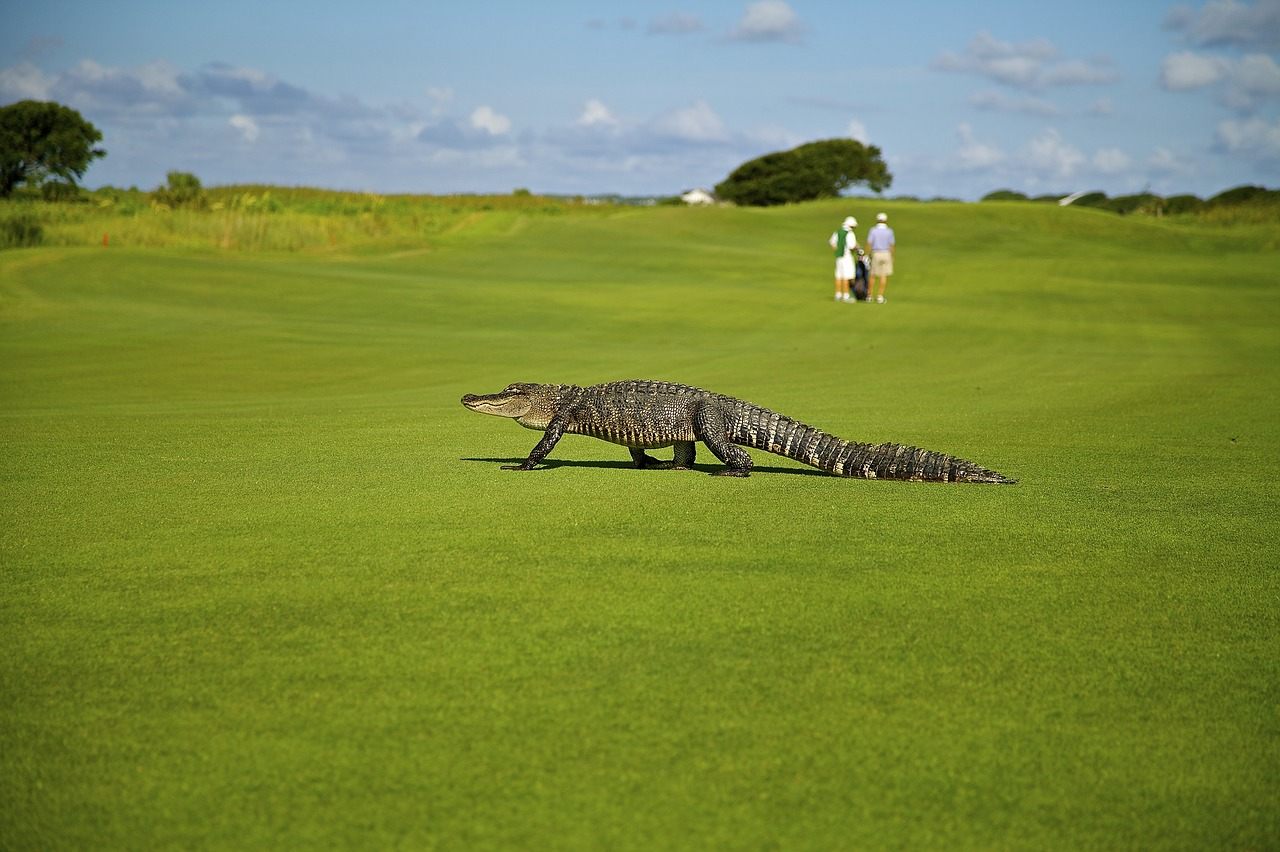
Every day across the southeastern United States, people cross paths with alligators. This is especially true in the spring—when the weather warms up, the reptiles warm up, too, and wander around in search of food and mates. Just in spring 2017, alligators have been found on porches from Florida to South Carolina, sauntering across front lawns, and creating highway traffic jams. One showed up on a tennis court, and another visited a furniture store. A small alligator was found in a dorm room (though that one didn’t get there under his own power). Alligator encounters are so common these days that for one to make national news, it has to be a weird or special animal—say, with dyed-orange skin or truly gargantuan size. And that’s just the encounters that made the news at all.
Often, the people in these stories are freaking out, at least a little bit, because of the proximity of animals so large, toothy, and intimidating. But we’re far more of a threat to gators than they are to us. Wandering too close to humans is often a death sentence for them, yet they rarely represent a direct threat to human life. However, many people still haven’t learned to chill out about their presence in our ponds, golf courses, and yards. Based on one ongoing case study, though, the key to peaceful coexistence may actually involve getting even closer and more intimate with gators.
For much of American history, the question of what to do if you spotted an alligator had been fairly straightforward. “From the times of European pioneers or settlers … alligators were shot just for sport,” says Kent Vliet, a professor of reptilian biology at the University of Florida. “They’d kill them just to rid the place of [what they considered] vermin.”
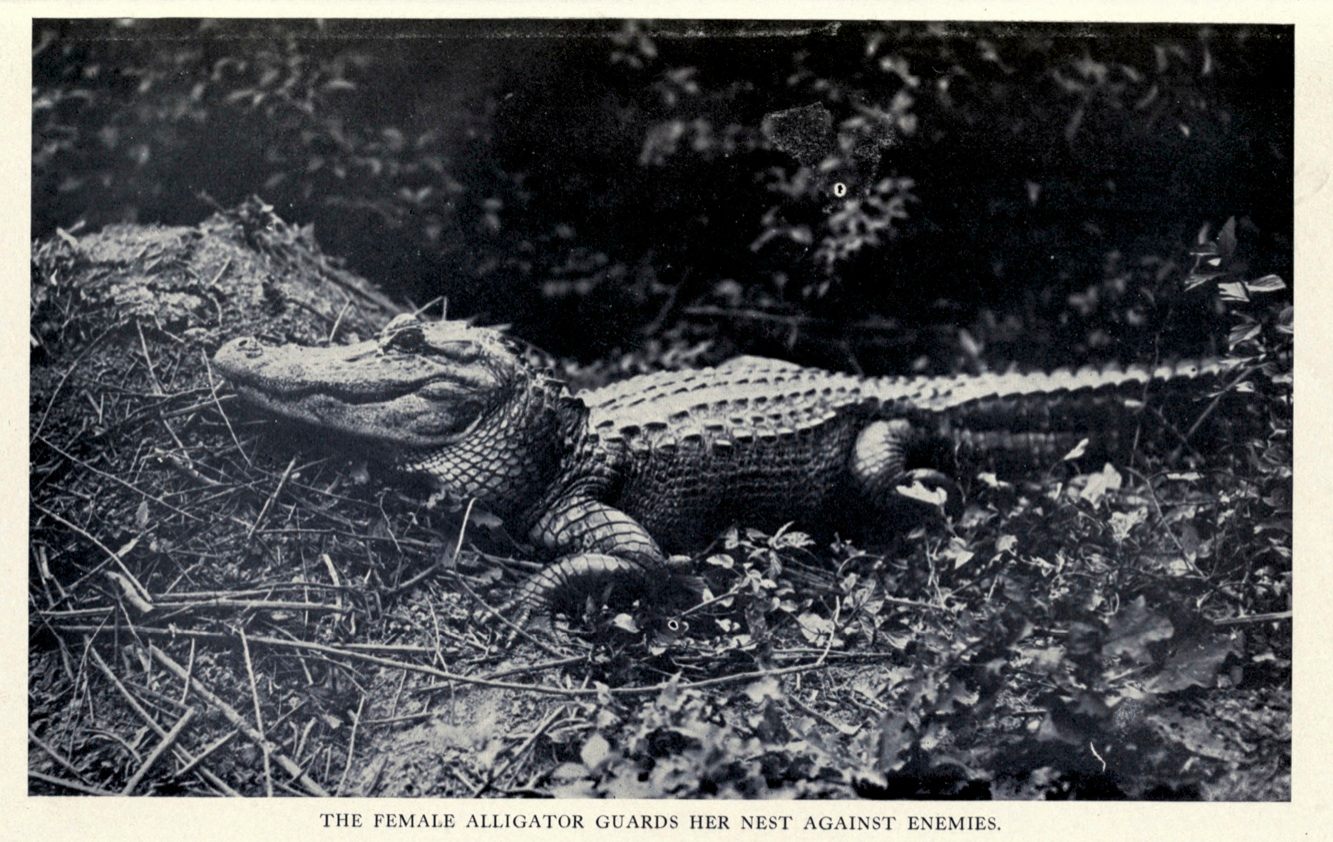
By the 1860s, fashionable Europeans went crazy for alligator leather, and hunting the reptiles became more about profit than pest control. Once dead they were the stuff of haute couture, but living alligators still carried bad reputations. In 1935, Edward Avery McIlhenny—heir to the Tabasco hot sauce fortune and a dedicated conservationist—called them “a maligned and much misunderstood reptile.”
By the 1960s, after two centuries of this open-season strategy, Southern states began to realize that their toothy neighbors were in trouble. In 1962, commercial alligator-hunting was outlawed. Five years later, the American alligator was classified as endangered by the Secretary of the Interior, under a 1966 law that preceded the Endangered Species Act of 1973. “If you can limit unregulated harvest, and you can protect habitat, alligators are very capable of reproducing themselves,” says Vliet. “Quite rapidly, after these protections went into place, alligator populations began to rebound in the South.”
Around the same time, though, human populations began to increase there, too. Today, Florida has more than 20 million permanent human residents and about 1.3 million alligator ones, not to mention around 100 million tourists each year. Many major Florida cities—including Orlando and Miami—are built on old swampland, and gators have stuck around in the bodies of water that are left, whether that’s a pond, river, or golf course water hazard. With all this going on, says Vliet, “there’s just a lot of potential contact between alligators and people.”
On rare occasions, these encounters can be justifiably frightening. During a recent spring weekend, Juliana Ossa was swimming in a lake in Orlando when a nine-foot alligator bit down on her leg and wouldn’t let go. The ten-year-old didn’t panic, though. “I thought of a plan they taught in Gatorland,” she later told TODAY. “I stuck my two fingers up its nose so it couldn’t breathe … and [it] opened [its mouth], so it let my leg out.” She was rushed to a nearby hospital for her injuries, but was released just a couple of days later.
The Florida Fish and Wildlife Conservation Commission (FWC) has a two-pronged strategy for encouraging peaceful human-alligator coexistence. First is education, of the sort that may have saved Ossa’s life. On their website, they provide a printable “Don’t Feed Alligators” sign to post near ponds, and a “Living with Alligators” brochure, full of tips for sharing space safely. For kids, there’s an “All About Alligators” coloring book, which features helpful facts and tips alongside illustrations from local seventh graders. (The best of which is an alligator with sunglasses and a chain.) “The goal is to prevent human destruction of alligators due to human ignorance,” the kids write.
The second prong of the FWC plan is the “human destruction of alligators.” To keep the population of the predators manageable, the FWC holds a popular annual lottery for alligator-hunting permits. They also maintain what they call the Statewide Nuisance Alligator Program, or SNAP. If someone has alligator problems on their property, they can call a special hotline (866-FWC-GATOR). If the gator in question is indeed deemed a nuisance, a state-contracted alligator trapper comes to nab it and—in most cases—kill it and sell its hide, meat, and skull. The FWC currently has 104 trappers on call, and last year they removed 8,118 alligators.
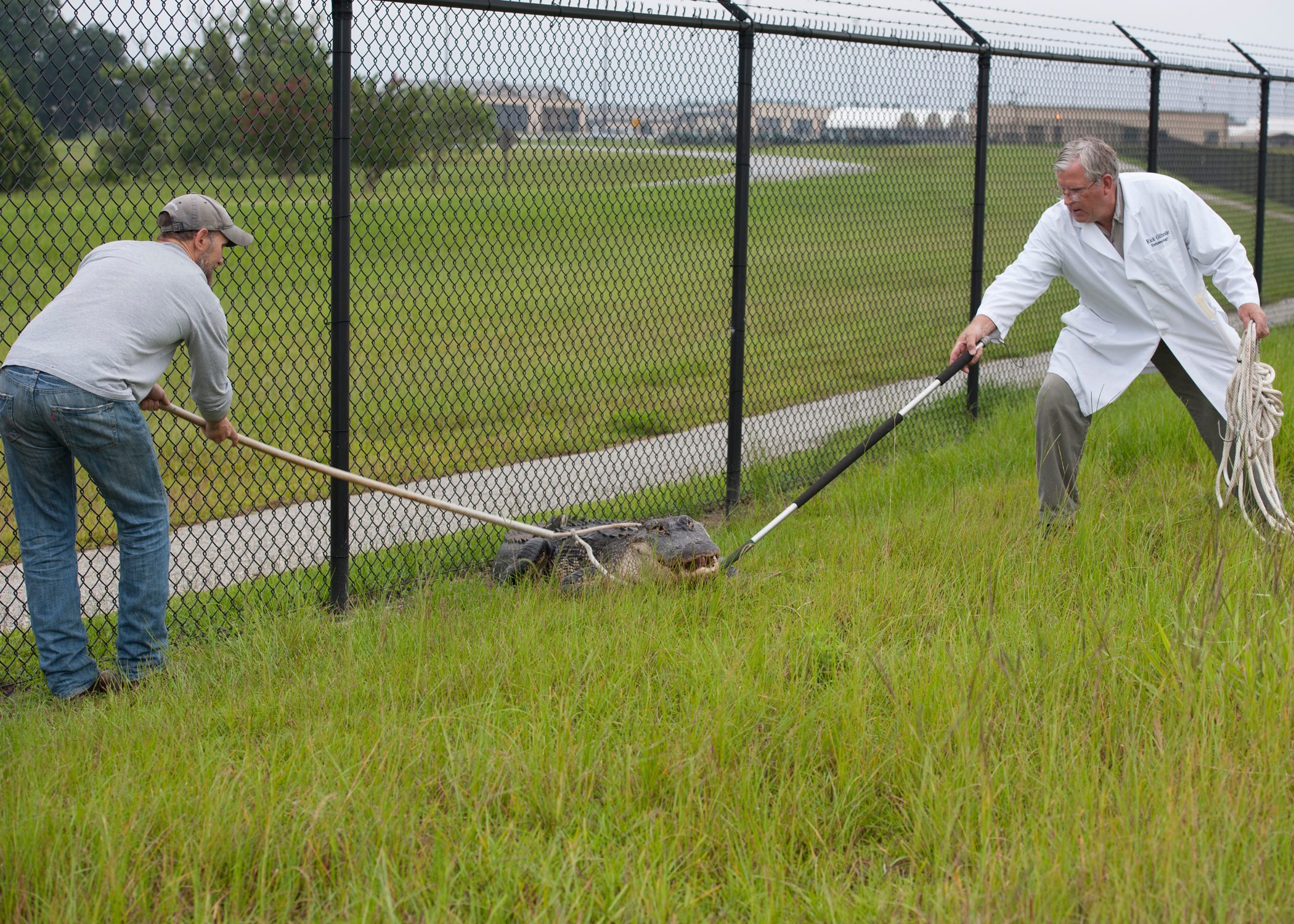
Most states in the American alligator’s range—which runs from Texas to North Carolina—have similar alligator control programs. Relocating alligators is not a possibility, as most would just return to where they were captured and likely be more difficult to remove a second time, according to the FWC. In South Carolina, animals that were moved from Bluffton to Charleston, close to 100 miles away, made their way all the back to their original location. “If you move them, that doesn’t fix the problem. The alligator comes back to that site of conflict,” says ecologist Kimberly Andrews, who studied alligators in South Carolina.
Plus, even if the alligator doesn’t return, some other alligator will see that nice, empty habitat and move in. “You’re just going to have same problem with another alligator,” Andrews says. “If it’s good habitat for one alligator, it’s going to be a good site for another one.”
“Nuisance,” of course, is a relative term. “The untold truth about [SNAP] is … most alligators that are killed as a nuisance aren’t really a nuisance in any sense except that someone phoned in about them,” says Vliet. While there are some bad-apple alligators—like the one that attacked Ossa—very, very few alligator encounters result in attacks of any kind. “I don’t think the majority of animals that have been killed as a nuisance were ever going to cause harm to a person,” he adds.

The problem is that some people think they will—often tourists, snowbirds, and other newcomers who aren’t used to having them as neighbors. “We have so many people who have come from elsewhere,” Vliet says. In this environment, he says, something like SNAP is valuable: “I think of nuisance alligators as animals that are being sacrificed for the greater good of the gator population.” If people have a number they can call, he points out, they’re less likely to become gator vigilantes or to paint the animals with a broad brush and demand that even more of them be killed.
But in at least one place in gator country, scientists are trying a different approach. On Jekyll Island, a vacation destination off the coast of Georgia, Andrews, who’s now affiliated with the University of Georgia, has been dealing with alligators in a novel way. She and her colleagues have stopped removing them at all.
Jekyll Island has plenty of amazing alligator habitat. Upland, beyond the beaches and dunes, four lagoon-filled golf courses crowd together, right next to the marsh. Once, this part of the island was maritime forest of live oak and pine, a freshwater wetland that would have appealed to alligators. “We destroyed one habitat and created another,” says Andrews. For the alligators, though, “this new habitat works as well.”

Starting in 2011, Andrews and her colleagues began to focus on training and educating the agencies that deal with alligator complaints, as well as the island’s residents and visitors. Their education programs cover basic alligator biology, their own research, the risks of alligator encounters, and myths and misunderstandings. One of the most important lessons? Don’t feed alligators. Ever. They quickly associate people with food, so they’ll swim over to humans and wait for a treat. “They beg like a dog, they just can’t bark,” says Andrews.
By capturing (and releasing) alligators for research purposes, the scientists also taught the more congenial alligators that humans aren’t always so friendly after all, and the alligators relearned to keep their distance. That is, except for one ambassador: At the Jekyll Island Authority’s Georgia Sea Turtle Center, visitors can meet a small alligator named Tiny, who was raised by humans and is evidence of how charismatic alligators can be.
So far, the strategies are working. When Andrews and her team first surveyed the island in 2011 ,of the 100 alligators living there, only six had grown to reproductive size, which can take twenty years. Six years later, about 12 to 15 are large and old enough to reproduce. Even with the population thriving, not one person has been injured by an alligator. In fact, the last known alligator-induced injury on Jekyll Island was in 1994, when a gator bit a golfer. The alligators have stayed safe, too. As far as Andrews knows, no animals have been removed during the course of her study, though one had to be whisked back to his home pond after he wandered into less alligator-friendly territory).

One of the female alligators Andrews’s team tracks lives in the culverts under the island’s Hampton Inn hotel. Another gator, Jesús, is fond of the protected wetlands near the island’s airport. Males tend to move around more than females, the team has found. Jesús was first spotted near the Methodist Church and moves between marshes and wetlands. Another, named Slayer for his deer-eating prowess, moves between Jekyll Island and nearby Raccoon Key—because he’s found mates in both places.
So much public education is a huge endeavor, though. “We worked with the Georgia State Patrol, the fire department, Jekyll Island residents and tourists, and the Georgia Department of Resources,” says Andrews. “It took a team effort. While this is a logical list of partners to involve, they move in different circles and operate in different ways. Reaching all these different groups is challenging.” What’s more, their research shows that just handing out pamphlets with gator info doesn’t do the job. It takes in-person educational programs to build bridges between human and reptile.
“While people are scared of alligators, they’re also fascinated by them,” says Andrews. Often, she says, when freaked-out people call to report an alligator, the educators simply tell them that there’s no threat—sit back and enjoy watching the animals. Before long, the callers get attached to their alligator neighbors, and only call again when they don’t see them and are concerned that they might have been removed. (The team reassures them that, no, the alligator probably just moved along for the winter on its own.) “When people have not had any experience with an animal, and everything they know about it is rumor,” says Andrews, “you give them an encounter, and sometimes the ‘wow factor’ is them thinking, ‘That was completely okay.’”





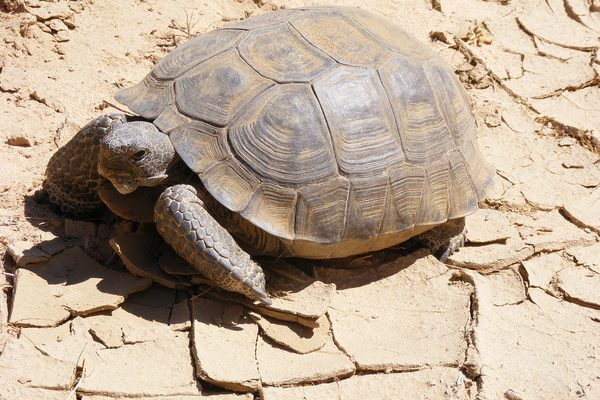
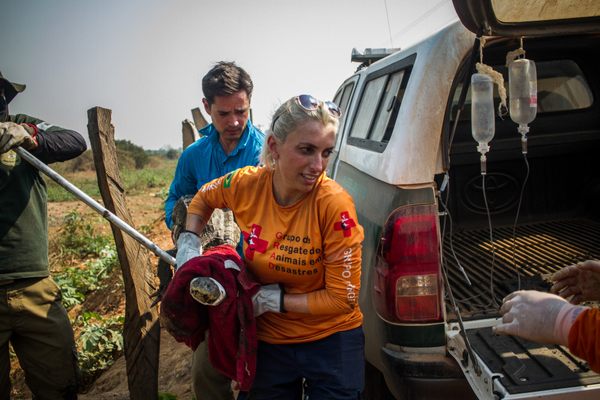












Follow us on Twitter to get the latest on the world's hidden wonders.
Like us on Facebook to get the latest on the world's hidden wonders.
Follow us on Twitter Like us on Facebook